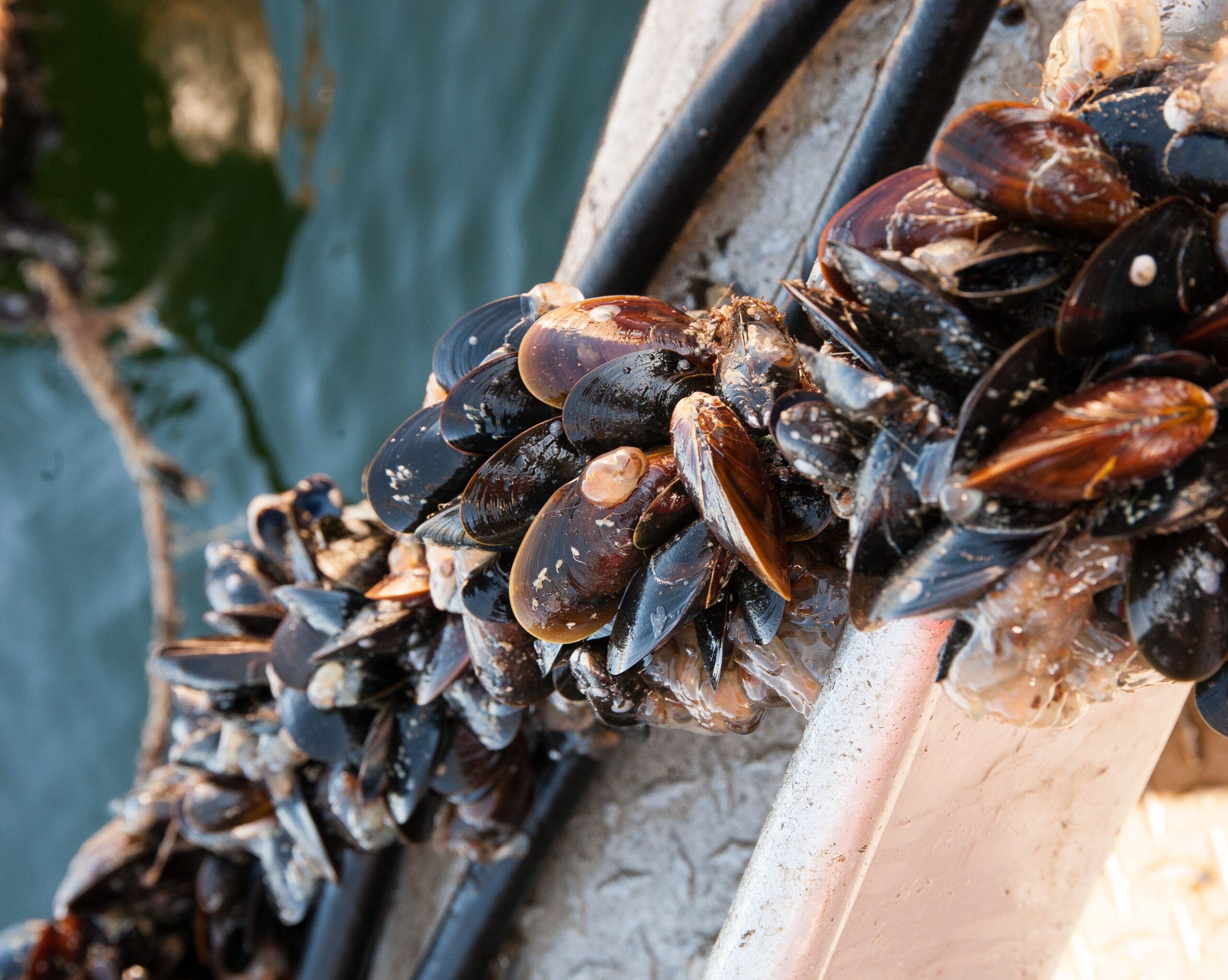What’s So Sustainable About Seafood?
Written for Afishionado Fishmongers by: Cassidy Collins, BSc Nutrition
As more people realize the urgency of the climate crisis, they are looking for ways to help reduce their impact on the environment. One way to do this is through eating more sustainably. The sustainable food movement has been gaining momentum in recent years, but in what way?
Many people are familiar with the environmental impacts of eating red meat. The easiest way to reduce your carbon footprint is to reduce your red meat consumption. This is nearly always showcased through the comparison of CO2 emissions of animal proteins vs. plant-based proteins, but there is one missing piece: seafood. Seafood is almost never included in these statistics or infographics.
This is partly due to the significant differences across species, making it difficult to generalize the impact or determine where seafood would “fit” among the other protein sources. This, however, shouldn’t mean it is not included at all. Seafood can be one of the most sustainable protein sources on the planet, and the most nutritious, too!
Aspects of a Sustainable Diet
So, what is sustainable eating anyway? According to the definition given by the Food and Agriculture Organization (FAO):
“Sustainable diets are protective and respectful of biodiversity and ecosystems, culturally acceptable, accessible, economically fair and affordable; nutritionally adequate, safe and healthy; while optimizing natural and human resources.”
Although the definition and criteria for a “sustainable diet” varies greatly, it is agreed upon that it is complex and requires more depth than measuring emissions. People are complex, and therefore so are their eating patterns. Just as you cannot measure health by nutrient content alone, you cannot measure sustainability by greenhouse gas emissions alone!
It is important to look at sustainable eating as part of a whole system. An approach proposed by the UK’s Sustainable Development Commission for defining and measuring Sustainable Food Systems uses six key features. The following list outlines those six features and which elements are applicable to seafood sustainability:
Economic
Price, efficiency, decent working conditions, fully internalized costs
Human Health
Safety, nutrition, availability, affordability, education
Environmental
Climate change, energy use, water, land use, biodiversity, waste reduction
Social
Pleasure, cultural identity, animal welfare, choice, food skills
Quality
Taste, texture, cosmetic appeal, seasonality, freshness
Governance
Transparency, ethical values, evidence-based practices
By using this approach to measure food sustainability, you can get a much better idea of how different kinds of food affects people and the environment. Fish is not only an environmentally conscious protein choice, it also carries cultural significance across the globe and boasts high nutrient-density. It is important to consider these factors when comparing seafood to other protein sources.
Where Does Seafood Fit?
Seafood tends to be the most complex of the proteins because there are so many factors to consider. The saying “plenty of fish in the sea” certainly rings true, as the ocean is extremely biodiverse. The sustainability of seafood varies across species, harvesting methods, nutritional value, and environmental toxins. Although some kinds of fish are considered “less sustainable”, virtually all seafood is considered more sustainable overall than land-based animal protein (beef, poultry, pork, etc.) and in some cases, bi-valves like oysters and mussels can be more sustainable than even plant-based proteins like tofu!

Various animal protein sources compared to wild fisheries and aquaculture based on carbon emissions associated with production. Source: US Environmental Protection Agency
But which fish is the best to eat? Afishionado is committed to sustainable and responsible sourcing, following Ocean Wise recommendations and working with small-scale, low impact suppliers, so there really are no wrong choices. However, sustainable bi-valves such as oysters, mussels, and scallops as well as finfish like herring, mackerel, and ocean perch are some of the most nutritious seafood with the lowest climate impact.
Next Steps
What can you as a consumer do? There are many ways individuals can support the sustainable food movement. Here are a few examples:
Educate
Learn about the impacts of food production on climate change and human health. Share your knowledge with others.
Eating Habits
Make small, easy changes to your diet. Swap out red meat for seafood at least twice weekly!
Spend Mindfully
Know where you put your money. Spend toward producers and suppliers who adhere to sustainable practices. If you don’t know, ask.
Community Action
Get involved with your community through organizations, clubs, and advocacy groups. Communicate with local policy-makers when opportunities arise, and use your vote wisely.
If you found this article helpful, please share it with your friends!
Sources:
https://www.sciencedirect.com/science/article/pii/S0959652619313162
https://www.wri.org/data/protein-scorecard
https://oceana.org/blog/wild-seafood-has-lower-carbon-footprint-red-meat-cheese-and-chicken-according-latest-data/
http://seafoodco2.dal.ca/
https://www.greenqueen.com.hk/food-footprint-seafood-meat-climate/
https://www.fao.org/3/i3004e/i3004e.pdf


